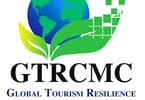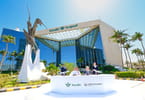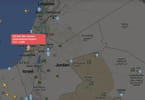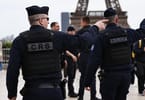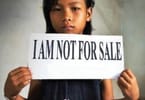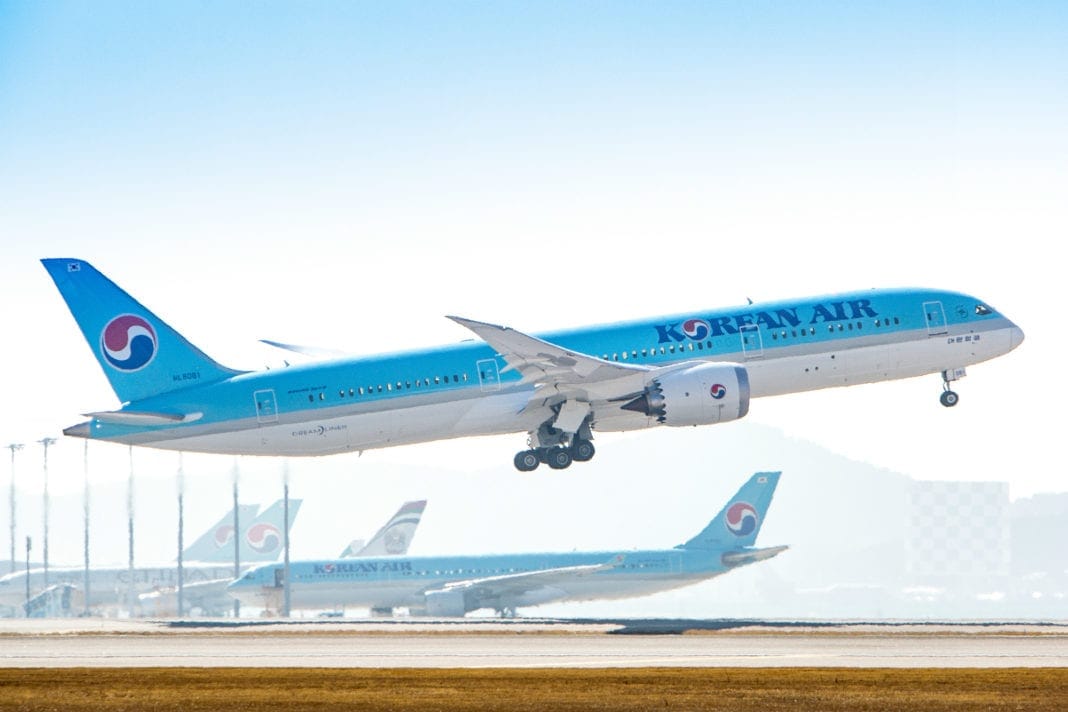Coinciding with the start of the world’s greatest tourism consumer and trade show, ITB 2015 in Berlin, Kenya’s President Uhuru Kenyatta has set 15 tons of ivory alight in an effort to remind the world that Kenya, after all, remains a country committed to conservation and ready to take the fight to the poachers.
President Kenyatta was quoted to have said: “As part of Kenya’s continued policy to put ivory beyond economic use, I will today burn 15 tons of ivory at this historic site in Nairobi National Park. In order to underline our determination to eradicate poaching, my government shall burn the rest of the stockpile within this year.”
The same place was chosen in 1989 when then President Daniel Toroitich arap Moi started the trend to burn ivory instead of selling it. This was followed by his successor President Mwai Kibaki in 2011 although that burn was carried out in Tsavo East where poaching elephants had at the time reached alarming levels and which saw one of Kenya’s big tuskers, Satao, also slaughtered for his massive tusks. Kibaki’s burning of ivory at the time was almost leading to a diplomatic spat with neighbors Tanzania when their then Minister for Natural Resources and Tourism Ezekiel Maige, who was present at the burning, reportedly made overheard remarks of a rather uncomplimentary nature in private upon his return home about rather selling the ivory than burning it. He was later relieved of his ministerial post after other gaffes and scandals and has not made a political comeback since then.
Kenya, in recent years saw an upsurge in poaching rhinos and elephant, and while the alarming trend in recent months appears to have been largely contained, concerns do remain about the future. Kenya Wildlife Service (KWS) has been without a substantive board for a very long tim,e hampering the decision-making processes, while there are regular murmurs from sources within KWS about poor terms and conditions for in particular field staff and the need for more state-of-the-art equipment, including night-vision equipment and UAVs, aka drones. “We need more manpower in the field, we need more vehicles, more aircraft, better communication equipment which cannot be tapped, and generally better terms and conditions of work,” said a periodic source close to KWS on condition of not being named.
When Kenya kicks off ITB this morning, no doubt the ivory burn will be a much-talked-about item as it affirms the country’s long-term commitment to do all possible to remain a major safari destination in Africa worth visiting.
WHAT TO TAKE AWAY FROM THIS ARTICLE:
- Kibaki's burning of ivory at the time was almost leading to a diplomatic spat with neighbors Tanzania when their then Minister for Natural Resources and Tourism Ezekiel Maige, who was present at the burning, reportedly made overheard remarks of a rather uncomplimentary nature in private upon his return home about rather selling the ivory than burning it.
- Coinciding with the start of the world's greatest tourism consumer and trade show, ITB 2015 in Berlin, Kenya's President Uhuru Kenyatta has set 15 tons of ivory alight in an effort to remind the world that Kenya, after all, remains a country committed to conservation and ready to take the fight to the poachers.
- When Kenya kicks off ITB this morning, no doubt the ivory burn will be a much-talked-about item as it affirms the country's long-term commitment to do all possible to remain a major safari destination in Africa worth visiting.














